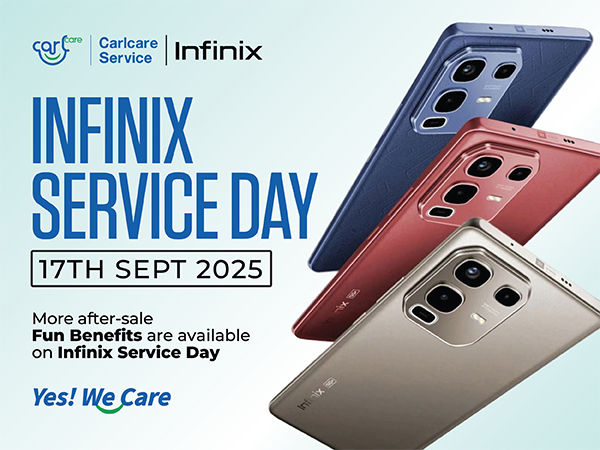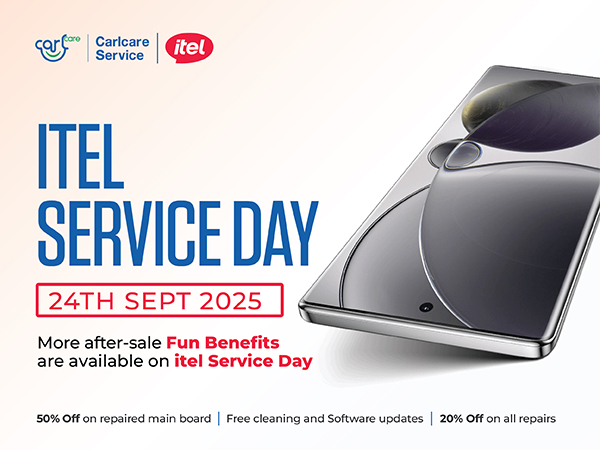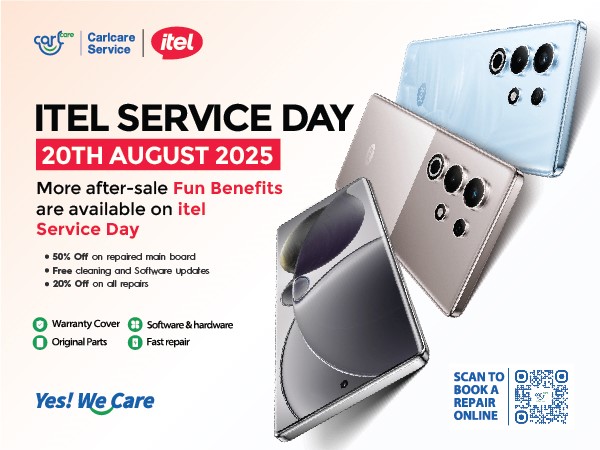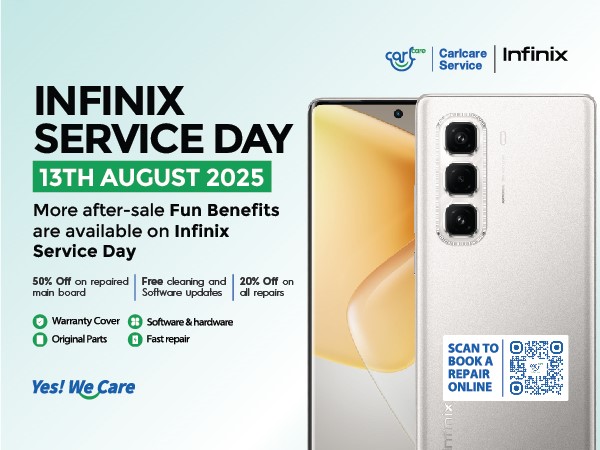As almost 95% of people out there, you probably use a screen protector as a low-profile way to guard your phone’s fragile screen against micro-scratches and unexpected drops. But with different screen protector names out there, it's outright challenging to pick the best for your device. Should you use the sturdier one to guard your screen against accidental drops or get the magical self-healing one to keep your screen sparkling clean—i.e., free from scratches? You’ll get to know what’s right for you between self-healing screen protectors vs tempered glass screen protectors after reading this article.
Let's get started.

Self Healing Screen Protectors vs Tempered Glass
To be brutally honest, both screen protectors are not perfect, as they have their pros and cons. But as a matter of preference, it’s safe to get a tempered glass screen protector if you care about superior drop and impact protection without spending a lot. But, on the other hand, self-healing screen protectors can be a great deal if you want insane protection from severe and minor scratches and want a premium feel that you may not get on some cheap plastic and tempered glass protectors.
That said, we compare and contrast both screen protectors in the four most vital aspects you may be looking for.
- What materials are they made from?
- How do they feel compared to your actual screen?
- Which offers more protection?
- Which is more affordable and recommended?
You’ll get to know these four things about self-healing screen protectors vs tempered glass protectors, as we continue.
Materials Used to Build the Screen Protectors
As far as looks go, tempered glass protectors are often noticeable on your phone screen, thanks to being built up with several layers of materials compressed into a 0.3-0.5mm thick glass that you can apply on your phone screen. Tempered glass screen protectors usually come with about five layers that include the shock absorbent silicon on the first layer, followed by polyethylene terephthalate PET film, which is glued to the remaining two layers—the real tempered glass and oleophobic coating—with a clean sheet of adhesive.
Thanks to that holy goodness compressed into a less-than-0.4 mm thin sheet, tempered glass offers high-quality screen protection comparable to the Gorilla glass protection used on some premium smartphone screens.
On the flip side, self-healing screen protectors come with a thin layer (usually 0.02mm) that goes almost unnoticed on your phone screen. Technically, they have about four layers, starting with a silicon adhesive, a shock-absorbing structure, the self-healing layer, and the polyethylene terephthalate PET protector on the topmost layer.
As you can see, their goal isn’t to offer you some shocking screen protection when your phone falls. But they're a beast at what they do: protecting your screen against blemishes and scrubs. The second to the last layer of the self-healing screen protector is an actual optical silicon gel that works actively to detect scratches on the topmost layer and gently fills them within a few moments. It works magically as though the scratches were never there.
Protectors Touch Sensitivity and Feel
I once bought a ‘cheap’ tempered glass to protect my TECNO phone screen, but it wasn’t all good. It has this kind of tint that makes my display colors look terrible. Swiping/scrolling didn't feel smooth, as well, and I almost couldn't play games or enjoy Instagram. Like that’s not silly enough, my screen became a fingerprint magnet that I had to clean again and again.
Well, not all tempered glass protectors are bad regarding touch sensitivity and feel. You’ll find tempered glass protectors with ‘good enough’ touch sensitivity that feel buttery to your fingers. However, you won’t enjoy your display if you get a cheap one, and you may end with a brutal experience like mine.
On the flip side, self-healing screen protectors are made with softer TPU materials, allowing them to provide a seamless, buttery-smooth experience to every user. You won't experience most of the issues I mentioned with my 'cheap' tempered glass protector above, and it should respond to touches without delay since it only applies a thin layer to your phone.
It's no doubt that self-healing screen protectors take the lead in terms of how it feels to the touch.
Screen Protector Glass Protection
It's a clear winner for tempered glass when it comes to actual protection. Or not? Well, it depends on what kind of 'protection' you seek. If you're buying a screen protector to prevent your main screen from shattering when your phone falls, tempered glass assures you that. Most times, when your phone drops face down, the tempered glass breaks into small fragments, preventing the original screen from cracking. That's better since tempered glass is a lot cheaper than replacing a cracked Infinix phone screen.
Meanwhile, keep in mind that tempered glass is no way to guarantee that your main screen won't be affected every time your phone falls. Of course, glass is glass, and both the protection and the one being protected may get shattered after a severe drop. Nonetheless, having a tempered glass protector can help reduce that risk.
Ok, you probably noticed I've not mentioned the magical self-healing screen protector here. Isn't it? That's because it offers little to no protection against drop or impact. All it does is automatically heal scratches on the phone screen. Self-healing screen protectors may remain untouched if your main screen gets cracked after a hard drop. That's because contains soft, elastic TPU materials.
So, it’s that simple: get a tempered glass if you care about superior impact protection.
Glass Protectors Pricing
When it comes to pricing, the fancier one is also much more expensive. That's no one but the self-healing screen protector. Even though it doesn't offer much shatter-proofing, it does exceedingly well in preventing scrubs and scratches to keep your screen sparkling clean. Plus, it provides unmatched touch sensitivity and a seamless touch experience to every user since it's relatively thin. It keeps air bubbles at bay during installation and won't make your display look bad, thanks to its superior anti-glare materials. So, it deserves to be more expensive. Isn’t it?
Tempered glass, on the other hand, is about 2-3x cheaper than self-healing protectors. Yet, it offers unmatched impact protection. Though it may look relatively bulkier on your screen and its oleophobic coating may attract many fingerprints and stains, it's still the recommended screen protector if you care about drop protection and affordable prices.
However, it's worth saying that, though tempered glass is relatively cheap, it depends on the brand and quality. Premium ones are often not cheap, and some extremely cheap ones deliver a poor user experience sometimes. So, you may need to try a few ones before you get it right. And if you use a device with a curved display or an under-display fingerprint sensor, just any tempered glass won't work for you! You may need to check the one recommended by your brand or try a few of them to see what works for you. You may not experience in-screen fingerprint failures on self-healing screen protectors, though. So, choose what works best for you.
Self Healing Screen Protectors vs Tempered Glass, which is good for you?
I'd take a solid tempered glass protector for my TECNO, Infinix, or itel phone screen anytime because it offers second-to-none protection to its competitors. After all, it’s way affordable and can be replaced a million times without affecting your phone’s main screen in most cases.
Nonetheless, it all comes down to personal preference. If you think you're very careful with dropping your phone and only need protection against scratches on your screen, a self-healing screen protector might be enough for you.

















